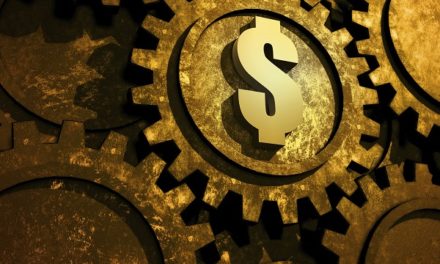
“When we own portions of outstanding businesses with outstanding managements, our favorite holding period is forever.”
— Warren Buffett
The Warren Buffett investment philosophy calls for a long-term investment horizon, where a two-decade holding period, or even longer, would fit right into the strategy. How would such a strategy have worked out for an investment into Cardinal Health, Inc. (NYSE: CAH)? Today, we examine the outcome of a two-decade investment into the stock back in 2002.
| Start date: | 07/01/2002 |
|
|||
| End date: | 06/28/2022 | ||||
| Start price/share: | $57.30 | ||||
| End price/share: | $53.82 | ||||
| Starting shares: | 174.52 | ||||
| Ending shares: | 355.13 | ||||
| Dividends reinvested/share: | $30.44 | ||||
| Total return: | 91.13% | ||||
| Average annual return: | 3.29% | ||||
| Starting investment: | $10,000.00 | ||||
| Ending investment: | $19,109.20 | ||||
As we can see, the two-decade investment result worked out as follows, with an annualized rate of return of 3.29%. This would have turned a $10K investment made 20 years ago into $19,109.20 today (as of 06/28/2022). On a total return basis, that’s a result of 91.13% (something to think about: how might CAH shares perform over the next 20 years?). [These numbers were computed with the Dividend Channel DRIP Returns Calculator.]
Notice that Cardinal Health, Inc. paid investors a total of $30.44/share in dividends over the 20 holding period, marking a second component of the total return beyond share price change alone. Much like watering a tree, reinvesting dividends can help an investment to grow over time — for the above calculations we assume dividend reinvestment (and for this exercise the closing price on ex-date is used for the reinvestment of a given dividend).
Based upon the most recent annualized dividend rate of 1.9828/share, we calculate that CAH has a current yield of approximately 3.68%. Another interesting datapoint we can examine is ‘yield on cost’ — in other words, we can express the current annualized dividend of 1.9828 against the original $57.30/share purchase price. This works out to a yield on cost of 6.42%.
One more investment quote to leave you with:
“Far more money has been lost by investors trying to anticipate corrections, than lost in the corrections themselves.” — Peter Lynch




